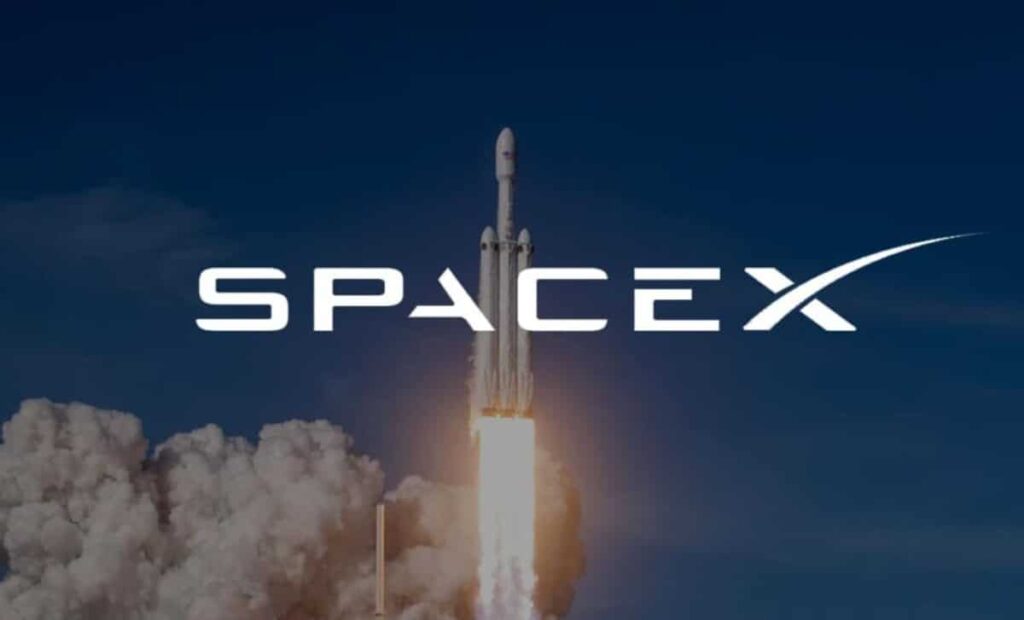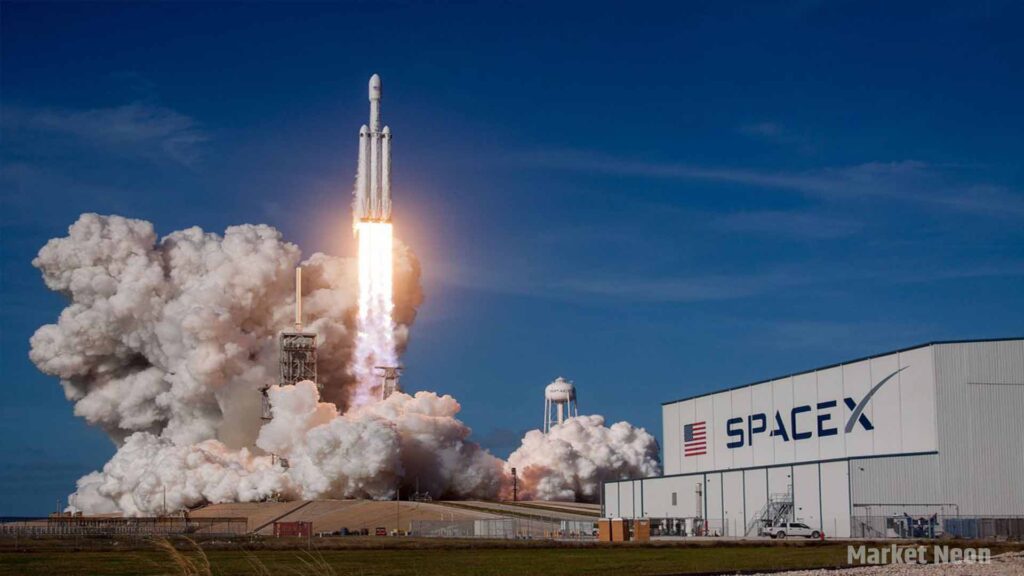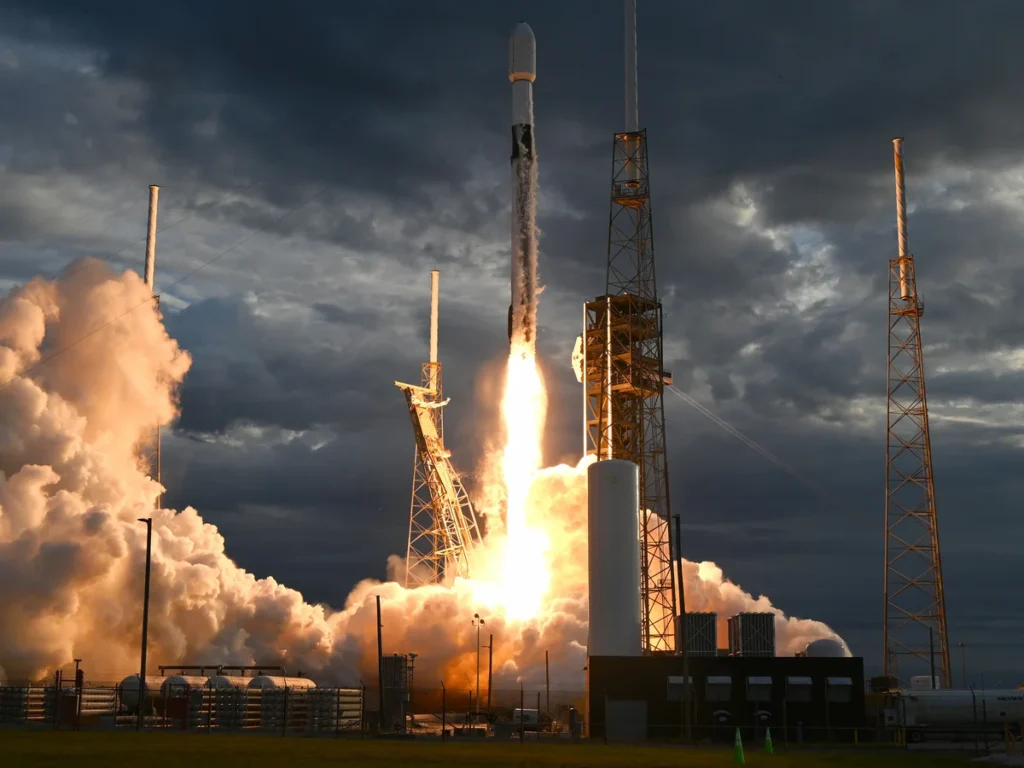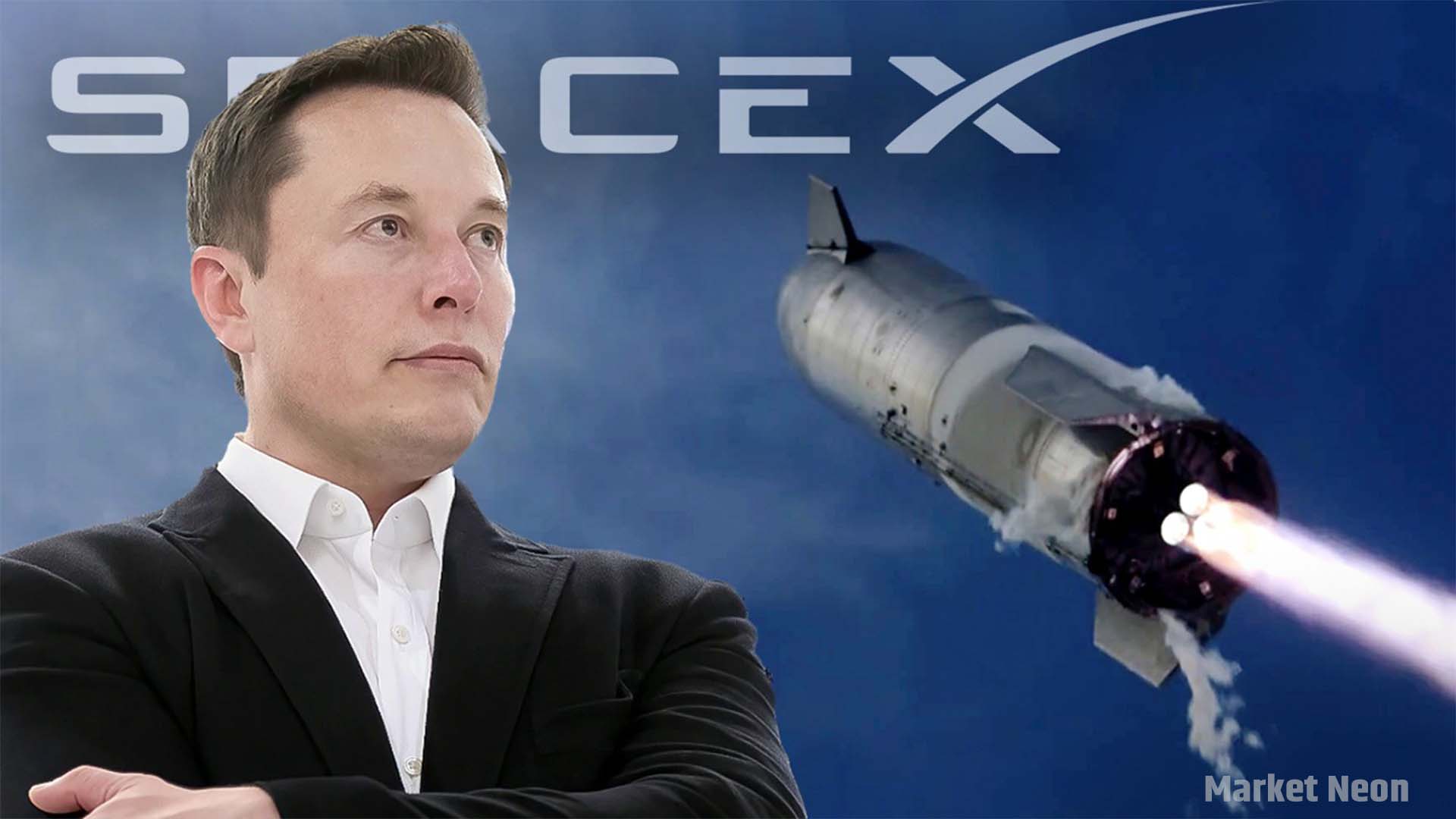SpaceX, or Space Exploration Technologies Corp., was founded by Elon Musk in 2002 with a bold mission — “Making Life Multi-Planetary.” But until we reach Mars, there’s one crucial question — how does SpaceX make money?
In this article, we will dive deep into SpaceX’s business model by understanding:
- Revenue sources
- Monetization strategy
- Cost management
- Market positioning
- Future roadmap

SpaceX’s Core Business Model
SpaceX operates on a B2B (Business-to-Business) model. This means it doesn’t typically sell products directly to the public (with the exception of Starlink). Instead, it serves:
- Government agencies (like NASA, DoD)
- Private companies (Amazon, OneWeb, SiriusXM)
- Research organizations
- Its own services (like Starlink)
SpaceX’s model is primarily based on: Technology + Cost Disruption + Vertical Integration
Revenue Streams of SpaceX

1. Satellite Launch Services
The company has become one of the most reliable satellite launch providers in the world.
- Products: Falcon 9 and Falcon Heavy launch vehicles
- Clients: NASA, European Space Agency, private satellite firms
- Pricing: $62–$90 million per launch
- USP: Reusable rockets — lowering costs and increasing customers
In 2023: Over 96 successful launches — a number that continues to rise yearly.
2. Starlink Internet Service
Starlink is a broadband service powered by low-Earth-orbit (LEO) satellites.
- Model: Subscription-based SaaS (Service as a Satellite)
- Target Market: Rural/remote areas with limited internet access
- Pricing: ~$110/month (avg), plus $499 for hardware
As of 2024, Starlink had over 2.5 million active users.
Revenue Potential:
Estimates suggest annual revenue of $5–$10 billion (according to Elon Musk)
IPO: Expected in future
3. NASA Contracts: Cargo + Crew Programs
The company transports astronauts and cargo to the ISS for NASA.
- Crew Dragon Capsule – for human spaceflight
- Cargo Dragon – for resupply missions
Key Contracts:
- $2.6B – Commercial Crew Program
- $3.1B – Cargo Resupply Program
SpaceX became the first private company to send humans to space and bring them back safely.
4. Military and Government Contracts
SpaceX works with the U.S. Space Force and other defense agencies to launch:
- Surveillance satellites
- Communication systems
- National security payloads
In 2020, The company won a $316 million defense launch contract.
5. Reusability = Cost Efficiency = Profitability
The biggest gamechanger for SpaceX is reusable rockets:
- Reusable first-stage boosters
- Landings via autonomous drone ships
- Rapid turnaround — same rocket used 10–15 times
| Traditional Launch Cost | ~$150M |
|---|---|
| SpaceX Launch Cost | ~$60–70M |
This drastically increases profit margins.
Business Strategies

1. Vertical Integration
The company manufactures over 80% of its components in-house.
This ensures fast innovation, low costs, and minimal external dependency.
2. Full Stack Control
SpaceX controls everything from satellite manufacturing to internet delivery (via Starlink), maximizing its revenue per customer.
3. Scale & Efficiency
Adopting a tech-industry mindset — “build at scale, sell cheaper.”
SpaceX mass-produces rockets and satellites to reduce per-unit cost.
4. Global Market Reach
The company is no longer U.S.-focused — it serves clients across the globe.
Future Expansion Strategy
| Initiative | Objective |
|---|---|
| Starlink IPO | Target valuation of $100B+ |
| Mars Mission | Offering interplanetary travel services |
| Starship | Heavy payload interplanetary transport |
| Lunar Missions | Partnership in NASA’s Artemis Program |
The company business model is rooted in technology, innovation, and cost-control.
It has transformed the aerospace industry into one that is affordable, reliable, and scalable.
While others are still figuring out how to build rockets, SpaceX is:
- Building them
- Reusing them
- Selling satellite services
- Providing internet
- Planning human missions to Mars
The company is not just a company — it’s a vision.
And that’s its biggest USP.









1 thought on “How Does SpaceX Make Money? Elon Musk’s 5 Brilliant Billion-Dollar Strategies”